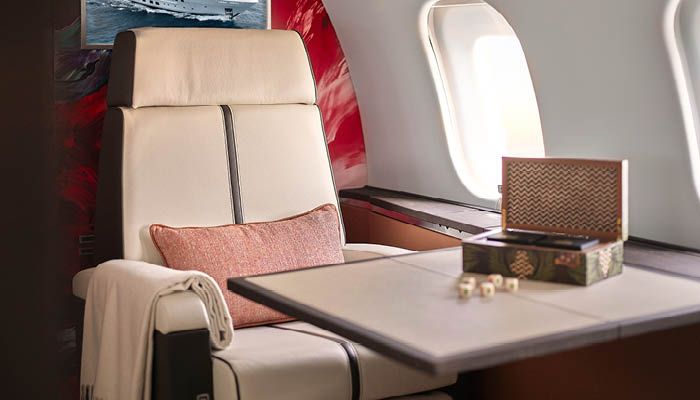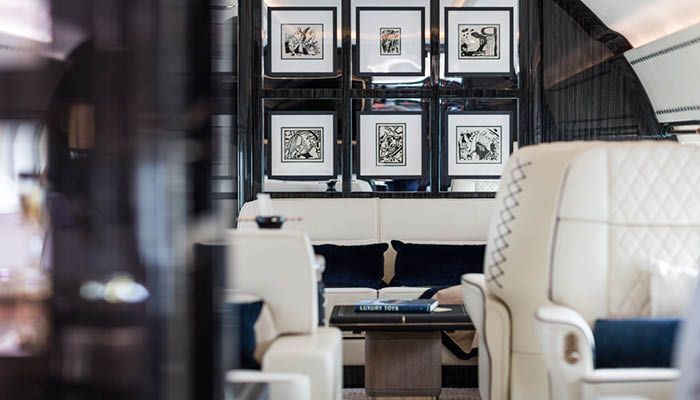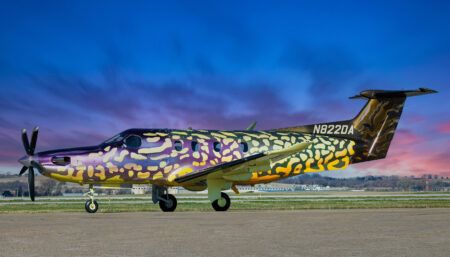Greig Jolly, partner at Winch Design, discusses the use of VR and AI, as well as design considerations such as multifunctionality.
How do you feel about the potential of artificial intelligence (AI) for design?
As a tool for sparking thoughts or ideas, it’s great to quickly visualise what you’re thinking about or to generate initial ideas. However, the text-to-image software we’ve been experimenting with is all generative AI – meaning it’s taking huge amounts of data and then through machine learning, regurgitating it based on the users’ input to produce new data – so it doesn’t really match the boundless creativity of a designer’s brain.
We live in a very visual and design-literate world now – every time we pick up our phone we’re bombarded with new images, exciting content and cutting-edge designs. Apps like Instagram or Pinterest intensified this and now there’s a tsunami of visual stimuli created in AI. The skill of a designer is to be selective; to sift through all this content and validate what’s good and what’s bad, what is right for the client or the project and what isn’t. This applies to AI too – anyone can use it to quickly generate professional-looking images, but that doesn’t mean the core idea or concept behind the image is a good one. You still need to filter through the noise to get to the right solution, and you still need experience and knowledge to be able to take that flashy concept image and turn it into a successful project.
I don’t envisage AI displacing designers – it will change their workflows, provide design inspiration, alter how they visualise ideas, how they communicate and likely myriad other elements of their jobs, but it won’t replicate the expertise that comes from years of experience, knowledge and skill.
Are there uses for augmented reality (AR) or virtual reality (VR) in design?
VR is starting to revolutionise the way our clients engage with the process of aviation design, by offering an immersive and highly realistic preview experience. It’s something we’ve been using for a while at the Winch Design studio, but we are now using more and more. This cutting-edge technology allows the client to explore every inch of the interior, inspecting the layout and design details in a three-dimensional space. This not only enhances client engagement but also facilitates effective communication between client and designer.

What emerging trends will impact cabin design in 2024?
Private jet interior design has started to follow the evolution we see in other industries, most notably cars and yachts, as private jet owners are ultimately looking for a seamless transition between the house, office and aircraft. They want consistency of design quality and elegance throughout their fleet, to maintain a luxurious experience for the duration of their journey. By creating a bespoke interior rather than using the standard private jet model, and by using a colour palette and materials normally found in a residence rather than in the sky, we are able to fulfil this home-from-home dream.
Flexibility is also always key – often an aircraft must be used as a business tool one minute and a place of relaxation the next. To be successful the interior must be able to adapt to the owner’s needs, especially if they are spending a large proportion of their time in the sky. Adaptable, multifunctional spaces are always key to creating a really useable cabin.
We are also seeing clients becoming more interested in using sustainable materials throughout interiors and we are committed to demonstrating that sustainability is synonymous with bespoke, top-end design. We embed sustainable solutions in our designs and educate our clients and partners in choosing the best option for them and the environment.
We have a dedicated in-house sustainability specialist who manages our sustainable interiors library, which we are constantly expanding to further integrate sustainable practices within our designs. She manages a resource matrix of sustainable suppliers that analyses and tracks their methods of sourcing, manufacturing and application of each material to check it meets the correct criteria.
This interview was conducted by Izzy Kington and first published in the March/April 2024 edition of Business Jet Interiors International as part of the Design Forum feature.






